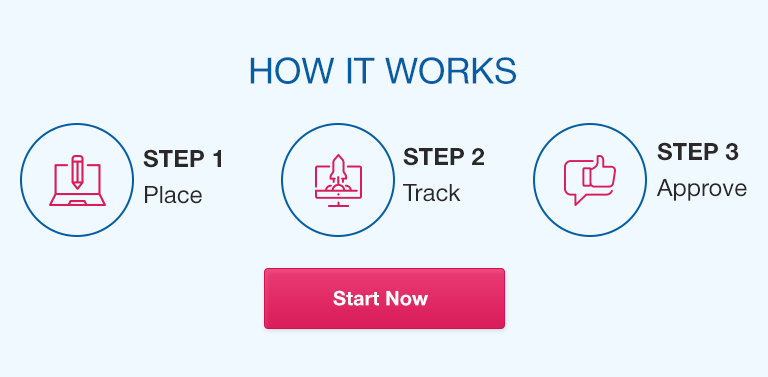Hospital Emergency Department Ten Years Future
The emergency department evolved in response to the need for hospital-based medicine after World War II. In the past, these departments provided both fugitive and acute care, but their roles increased with the increasing political, clinical and political needs (A. L. Kellermann & Martinez, 2011). Since 1970 up to date, the role of emergency departments has seized to be the role of a few organizations and trained emergency physicians. Due to the emergence of epidemics such as cancer, HIV Aids, renal failure, and diabetes, the trained physicians have an essential responsibility of providing the necessary care (Adaji et al., 2018).
The amount of money spent on healthcare has increased, and this is attributed to hospital-based emergency departments. To look into the future, an analysis of the past experiences is crucial. In the past sixty years, the spending budget in the health care industry has been known to rise by 2%-2.3% average yearly. The healthcare expenditure in the year 1990 was $724 billion, which represented 12% of America’s Gross Domestic Product. In the year 2010, this amount rose to $2.6 trillion, which represented 17.9 % of the nation’s GDP. The future budget in the health care sector, which is inclusive of hospital-based emergency, is expected to be larger and this requires policymakers to plan ahead of time and find the necessary resources (Petinaux, 2008).
The ten year future for emergency-based departments will be characterized by extensive use of emergency services. This is evident in the growth of utilization, which has been observed in the past years, with 2001 to 2008 emergency department use being double the size of American population growth. Modern practice mechanisms have been put installed in places, which have led to the attraction of the affected individuals coming to seek medical help from the emergency departments. Some of the latest technologies include current improved scanning equipment, new diagnostic tests, as well as new management styles for ailments and conditions. The enhancement in service provision guarantees future steady growth in budgetary allocation needs (Adaji et al., 2018).
The insurance trends are also alarming with research conducted in 2018 showing that the population of uninsured people had risen to 15.5% as opposed to the two previous year’s rise, which was at 12.7%. This means that many uninsured people are likely to visit the emergency departments in need of help, which further strains the budgetary allocation for the next ten years (Adaji et al., 2018). Therefore, fiscal appropriations for such activities will significantly rise in the future.
Healthcare Emergency Management: The Role of Municipals
Healthcare emergency management will be successful when categorized under the municipal emergency department. This is because the burden will be spread across many key players, which will make it effective. Emergencies are arising daily, due to disease epidemics, natural or weather-related catastrophes, and human-made activities. These emergencies affect large numbers of people, and the mitigation processes do not require a short term planning process but rather a continuous planning mechanism. To take care of the many people affected, home-to-home visits will lead to decongesting hospital facilities. Additionally, the number of funds spent will be lower because there will be no hospital-based admissions, which are expensive (Adaji et al., 2018).
References
Adaji, A., Melin, G. J., Campbell, R. L., Lohse, C. M., Westphal, J. J., & Katzelnick, D. J. (2018). Patient-Centered Medical Home Membership Is Associated With Decreased Hospital Admissions For Emergency Department Behavioral Health Patients. Population Health Management, 21(3), 172-179.
Petinaux, B. (2008). Financial Burden of Emergency Preparedness on an Urban, Academic Hospital. Prehospital and Disaster Medicine, 24(5), 372-375.
Expert Solution Preview
The future of hospital emergency departments is expected to be characterized by extensive use of emergency services. Over the past decade, there has been a significant growth in emergency department utilization, with the number of visits surpassing the growth rate of the American population. This trend is expected to continue in the coming years.
Advancements in technology and medical practices have contributed to the increased utilization of emergency services. The availability of improved scanning equipment, new diagnostic tests, and innovative management styles for various ailments and conditions have attracted individuals seeking medical assistance to emergency departments.
Another factor that will impact the future of emergency departments is the alarming trend in insurance coverage. The number of uninsured individuals seeking care at emergency departments has been on the rise. Research conducted in 2018 showed that the population of uninsured people had reached 15.5%, a significant increase from previous years. This influx of uninsured patients further strains the budgetary allocation for emergency departments.
Considering these factors, it is crucial for policymakers to plan ahead and allocate the necessary resources to meet the future demands of hospital-based emergency departments. The increasing financial burden of healthcare and the rising need for emergency care require proactive measures to ensure adequate funding and provision of services.
In conclusion, the future of hospital emergency departments will be characterized by increased utilization of services, advancements in technology and medical practices, and a growing population of uninsured individuals seeking care. Policymakers need to anticipate these challenges and allocate resources accordingly to ensure the effective functioning of emergency departments.


